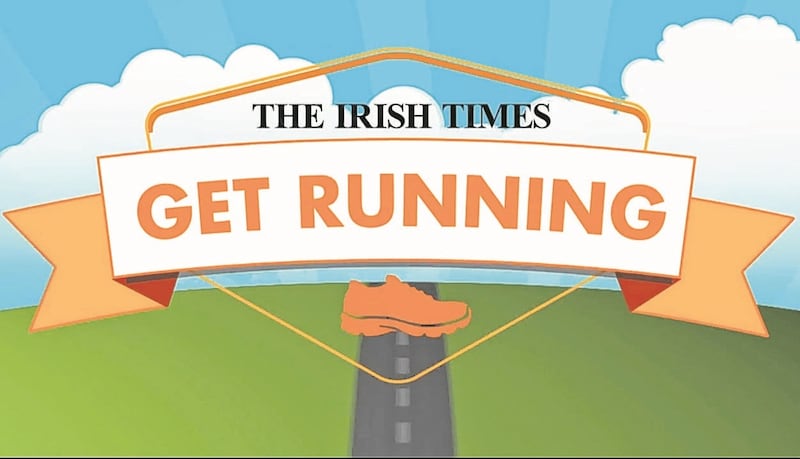It’s never easy starting back.
However, if you are a lapsed runner and would like to return to running, accept that starting out will be hard but once you have established the routine you will wonder why you left it so long to get started.
The Lapsed Runner
Very few of us stay running all the time. A sabbatical from running may be intentional due to an injury or illness but most often it can happen by accident. Skipping one run makes the next run easier to miss. A week off can quickly become a fortnight, and before we know it weeks can become months. The longer the break, the harder the comeback for the lapsed runner.
The Frustration
I have first-hand experience of frustrated lapsed runners as my running students return from a break. Those who left their running shoes in the wardrobe struggle both mentally and physically compared with their peers. Not only has their fitness dropped, but their confidence and self-belief has taken a significant dip.
Accept where you are
Don’t get annoyed about the time you have had away from running and the fitness you have lost. We cannot peak all the time, and sometimes a break from running was the right decision. Instead of feeling guilty and annoyed with what you consider a setback, focus on getting started slowly again. I remind my runners that the body will adapt soon but needs a little time and gradual progress rather than speed as we return to the road.
The Build-up
Its normal to be apprehensive about the first run. We often doubt our ability and our strength to return to former fitness. We expect it to be uncomfortable at best. Many postpone the comeback as they cannot face the effort that will be required to return to their former running self. Certainly the first few weeks of adapting will be less comfortable than when we left off, but postponing the return to running any longer won’t help. Comebacks are hard but the sooner you start the easier it will be.
Getting Started
Set yourself up for success by making your first training session something that you know you can do. Make it very manageable and comfortable. Aim for 30 minutes outdoors combining walking and running all at a pace you can breathe comfortably at. Build a routine first and then focus on the distance. As the weeks progress the mileage and the speed will improve. The hardest part of the training session is the first few minutes so make them something to look forward to rather than fear.
Be Patient
A comeback can be short-lived if you set too high expectations. Do not compare with other runners or your previous running times and instead focus on your own body as it is today. Ensure your first few training sessions are enjoyable, positive and well within your fitness limits. Structure is key. Find a training plan, a coach or a running buddy to keep you accountable and on a steady track for the first few weeks and months. Don’t let the frustration or discomfort of the comeback send you back into another running hiatus.
The Alternative
If you don’t want to be a runner don’t put yourself under pressure to run. Instead find something that does interest and motivate you. Focus your energy on that. Don’t make running an additional stress in your life. You don’t have to run all the time. There will be months and maybe years when running is not right for you. If you are in that stage then accept it and leave your comeback until you are ready.
The Decision
However, if you are a little jealous of runners you see on the road and would like to join them, make the decision to move. Start small, keep it simple and don’t expect your body to enjoy it completely from the start. The fitness and confidence will return in time but only if you give your body and mind a chance to remember how good it feels to be a runner by building slowly, sensibly and gradually over the coming weeks.

Sign up for one of The Irish Times' Get Running programmes (it is free!).
First, pick the programme that suits you.
- Beginner Course: This programme is an eight-week course that will take you from inactivity to being able to run 30 minutes non-stop.
- Stay On Track: The second programme is an eight-week course for those of you who can squeeze in a 30- to 40-minute run three times a week.
- 10km Course: This is an eight-week course designed for those who can comfortably run for 30 minutes and want to move up to the 10km mark.
Best of luck!














